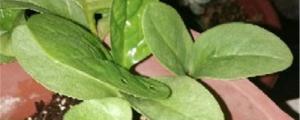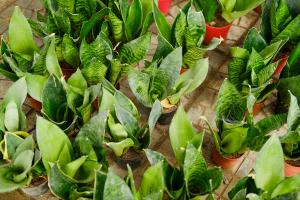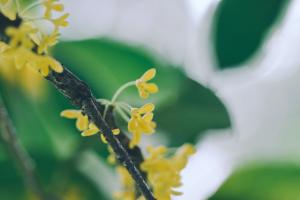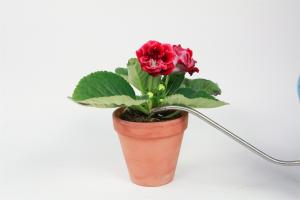Is a Jade Plant a Money Tree?
Jade plants and money trees are two popular indoor plants that are widely used for their unique appearance and minimal care requirements. Both plants are native to tropical regions and are commonly kept as indoor plants because of their ability to thrive in low-light conditions.
What is a Jade Plant?
Jade plant (Crassula ovata) is a succulent plant that belongs to the Crassulaceae family. It is native to South Africa and Mozambique and is commonly known as “money plant”, “friendship tree” or “lucky plant”. The plant has thick, fleshy leaves that store water and can grow up to three feet tall.
What is a Money Tree?
Money tree (Pachira aquatica) is a tropical plant that belongs to the Malvaceae family. It is native to Central and South America and is commonly known as “money plant”, “money tree” or “lucky tree”. The plant has thick, braided stems and large, glossy leaves that can grow up to six feet tall. Money trees are often sold with decorative rocks or crystals around their base, adding to their appeal as a lucky plant.
Can a Jade Plant be Considered a Money Tree?
While jade plants and money trees have similar names, they are not the same plant. However, jade plants are often associated with wealth and prosperity, which has earned them the nickname “money plant”. In feng shui, the ancient Chinese art of arranging objects to create harmony and balance in one’s environment, jade plants are believed to attract prosperity and good luck when placed in the southeast corner of a room.
Money trees, on the other hand, are more commonly associated with good fortune in Western culture. They are often given as gifts, especially during weddings, graduations, or other significant life events, with the belief that they will bring wealth and success to the recipient.
How to Care for a Jade Plant and a Money Tree
Although jade plants and money trees have different origins, they require similar care to thrive indoors. Both plants require bright, indirect light and well-draining soil. Jade plants should be watered only when the soil is dry to the touch, while money trees prefer consistently moist soil. Both plants benefit from occasional fertilization with a balanced, all-purpose plant food.
One important thing to note about both plants is that they are toxic to pets. If you have dogs or cats in your home, it’s essential to keep jade plants and money trees out of their reach.
The Bottom Line
In conclusion, while a jade plant is not the same as a money tree, it is often associated with wealth and prosperity, and it can bring good luck when placed in the southeast corner of a room. However, whether you choose a jade plant or a money tree, both plants are easy to care for and can make a beautiful addition to your indoor plant collection.

 how many times do yo...
how many times do yo... how many planted tre...
how many planted tre... how many pine trees ...
how many pine trees ... how many pecan trees...
how many pecan trees... how many plants comp...
how many plants comp... how many plants can ...
how many plants can ... how many plants and ...
how many plants and ... how many pepper plan...
how many pepper plan...































